Midjourney isn’t the best AI image generator for most people — but it is the most fun
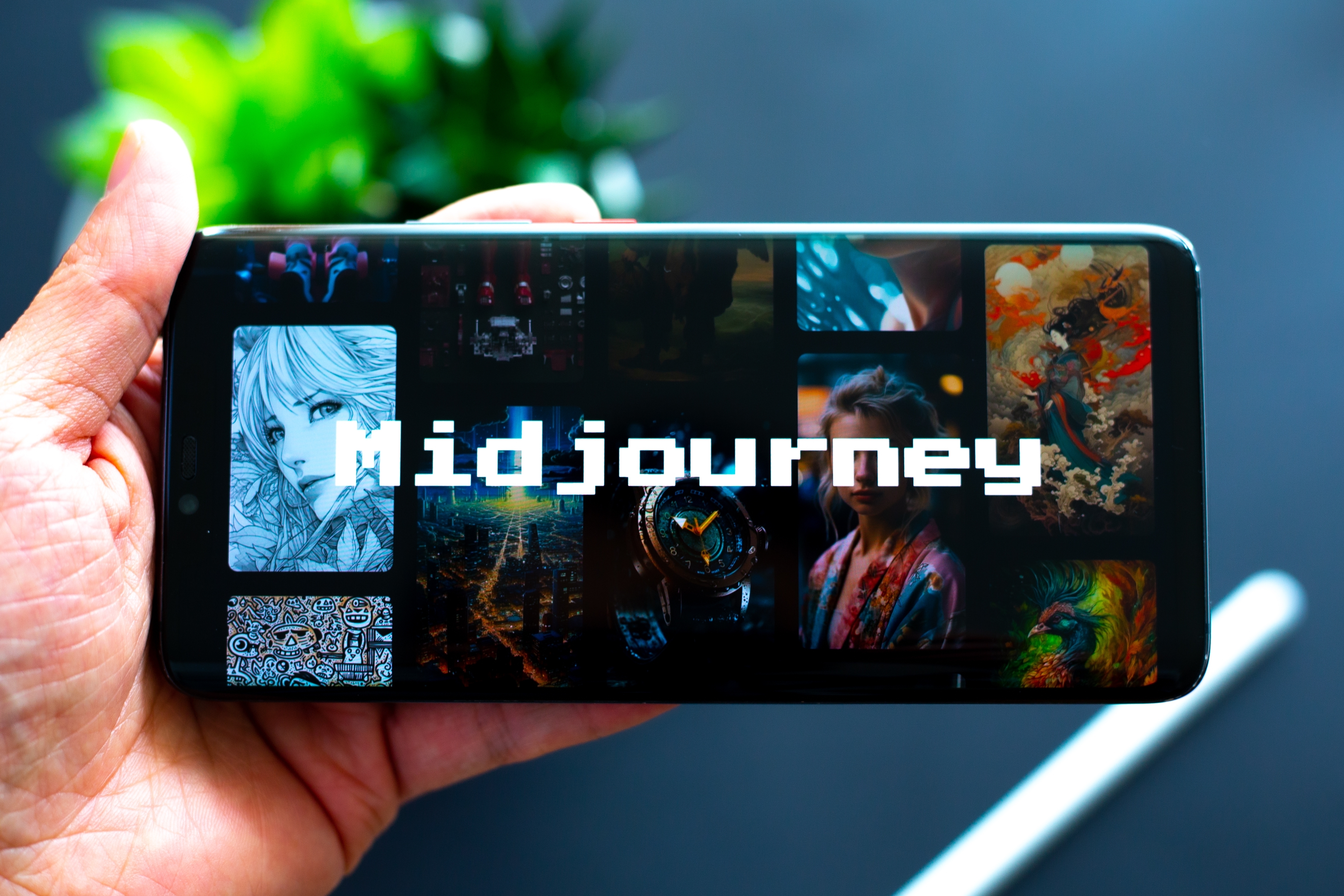
I’ve been using AI to generate images for about three years now. In that time, I’ve seen it go from a fun game that could just about replicate the theme you're asking for (emphasis on the just about here), to a movement that is near-indistinguishable from human artwork.
Nowadays, we’ve got a bunch of AI image generators to choose from. In fact, just about every company under the AI sun has one built in now. But in those early days, there were two that stood out: Dall-E (now part of ChatGPT) and Midjourney.
When Midjourney first launched, it was my favourite AI image generator. It could make exciting images and, for where AI was at the time, it could do them well. However, when I tried Midjourney’s latest upgrade, V7, it felt so behind the competition.
So what went wrong? Well, after reading a thread of Reddit users pointing out how I didn’t know how to prompt for Midjourney, I spent some more time on the AI tool. I realized that, while it is by no means the best option for most people, it might just be the most fun.
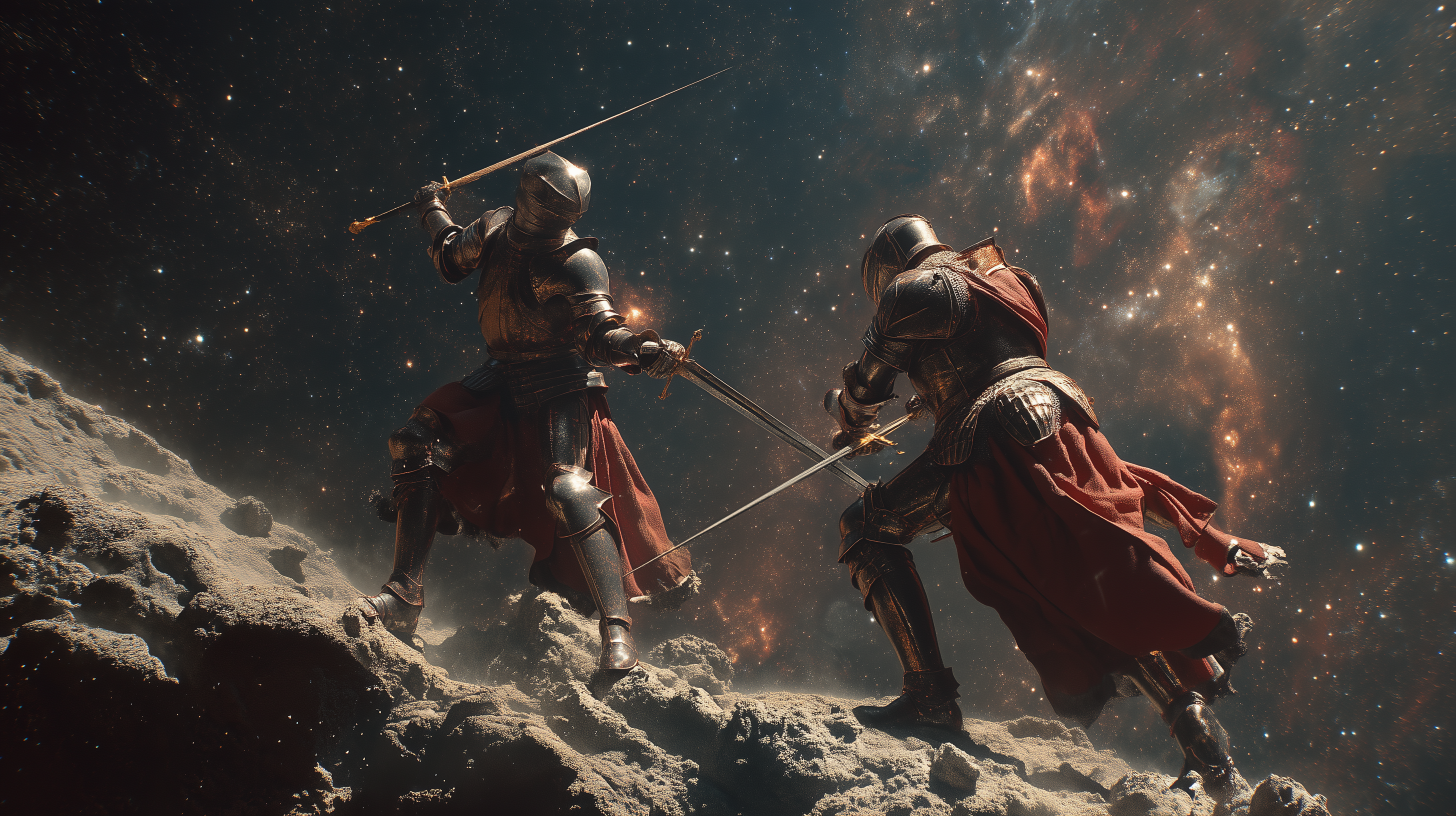
What is the problem with Midjourney images?
AI tools have gone from a niche interest to a tool that every single person you know uses. With this change, we’ve seen the models grow to understand human prompts, filling in the blanks that you might have missed.
This is an area where ChatGPT absolutely thrives, especially in images. When it comes to image generation, ChatGPT isn’t going to take a risk. It is easy to use, requiring little effort in terms of prompting, and will generate what you ask for in the style you ask for it in.
Midjourney, on the other hand, takes risks. This can be seen in its customization alone. Before you can even use it, you need to rate over 200 images, helping the model understand your own personal preference for art styles.
Get instant access to breaking news, the hottest reviews, great deals and helpful tips.
There are sliding scales for how weird your images are, as well as changing how stylized they will be or the variety between them. Unlike ChatGPT, Midjourney generates multiple images in one go and then lets you upscale them, make them even weirder, and try again.
I asked both models to generate cyberpunk worlds using prompts that work best for each model. Both generated accurate and genuinely interesting images for this. I then tried again, asking for a slight variation of the image.
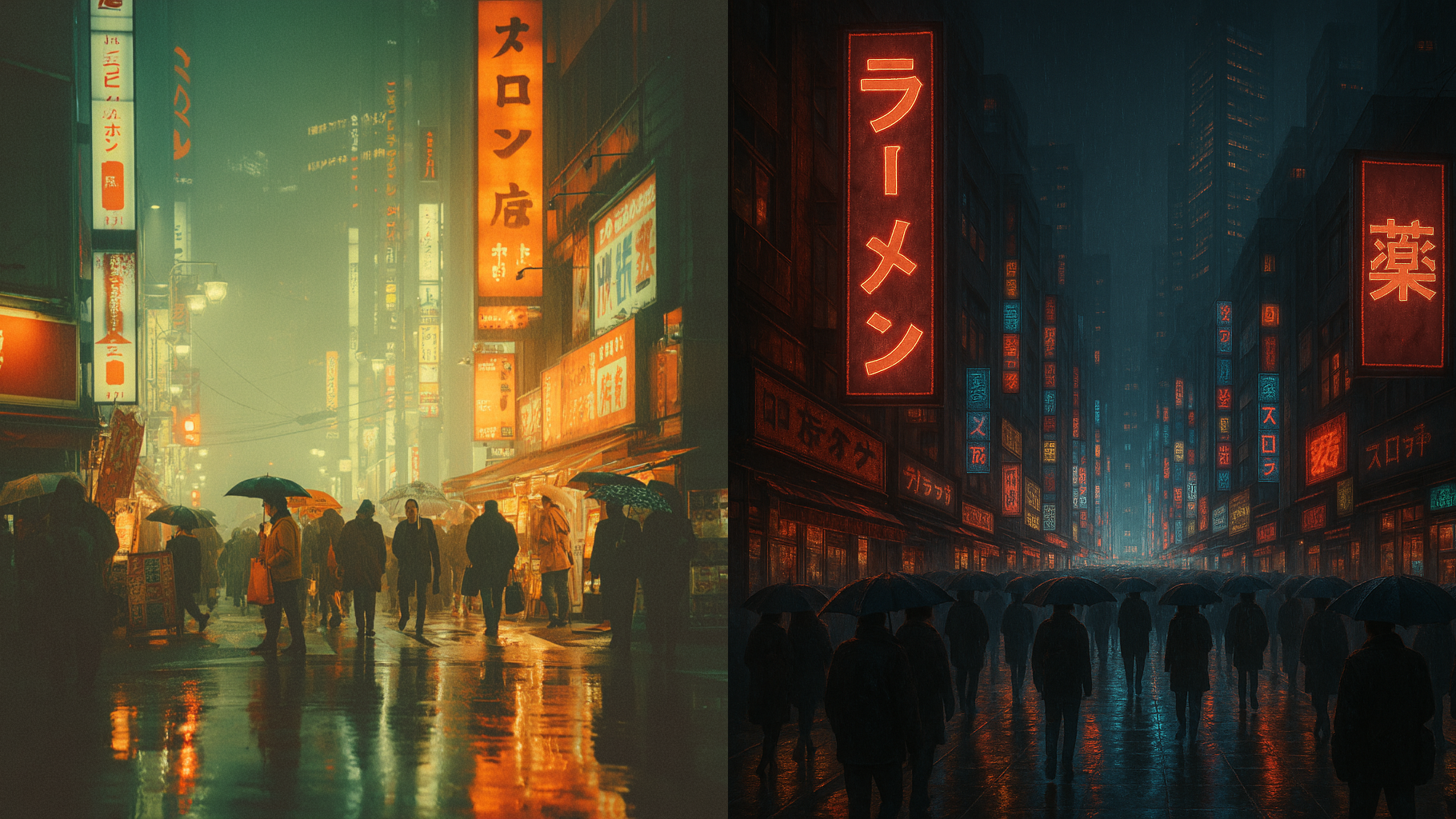
Midjourney re-styled. While it was still accurate to the given prompt, it was a completely different look, trying something new. ChatGPT, on the other hand, got caught in a cycle of generating near-identical but highly detailed images, avoiding pushing the boat too far out from what I’d asked.
Midjourney is by no means as consistent as ChatGPT, and even with highly detailed, thought-out prompts, it can still get things wrong, smudging faces or leaving giant blurs where objects should be. However, Midjourney is also in the midst of a training period. In theory, its quality should start to improve over time as version 7 develops.
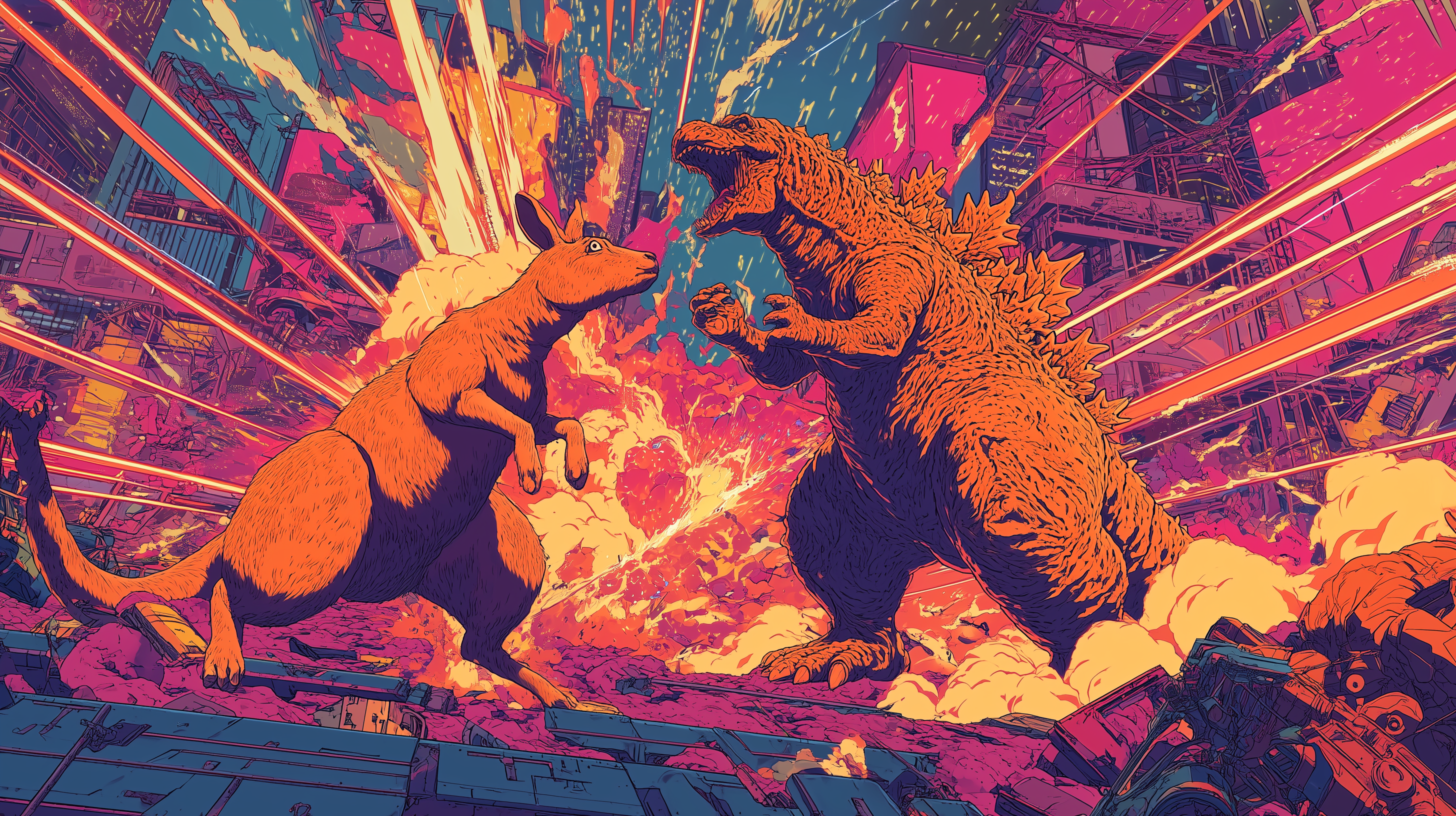
If you want to embrace the weirdness of AI images, diving headfirst into fantasy worlds, bizarre art styles, and storytelling, Midjourney can be a great place to go. Especially with the option to save images in collections, and a gallery of the best artwork Midjourney users have made, complete with their prompts for inspiration.
If you want accuracy and the ability to get consistent results from a simple prompt, ChatGPT should remain your image generator of choice. There is no learning curve here, and the experience is intuitive, even if you have absolutely no experience with AI.
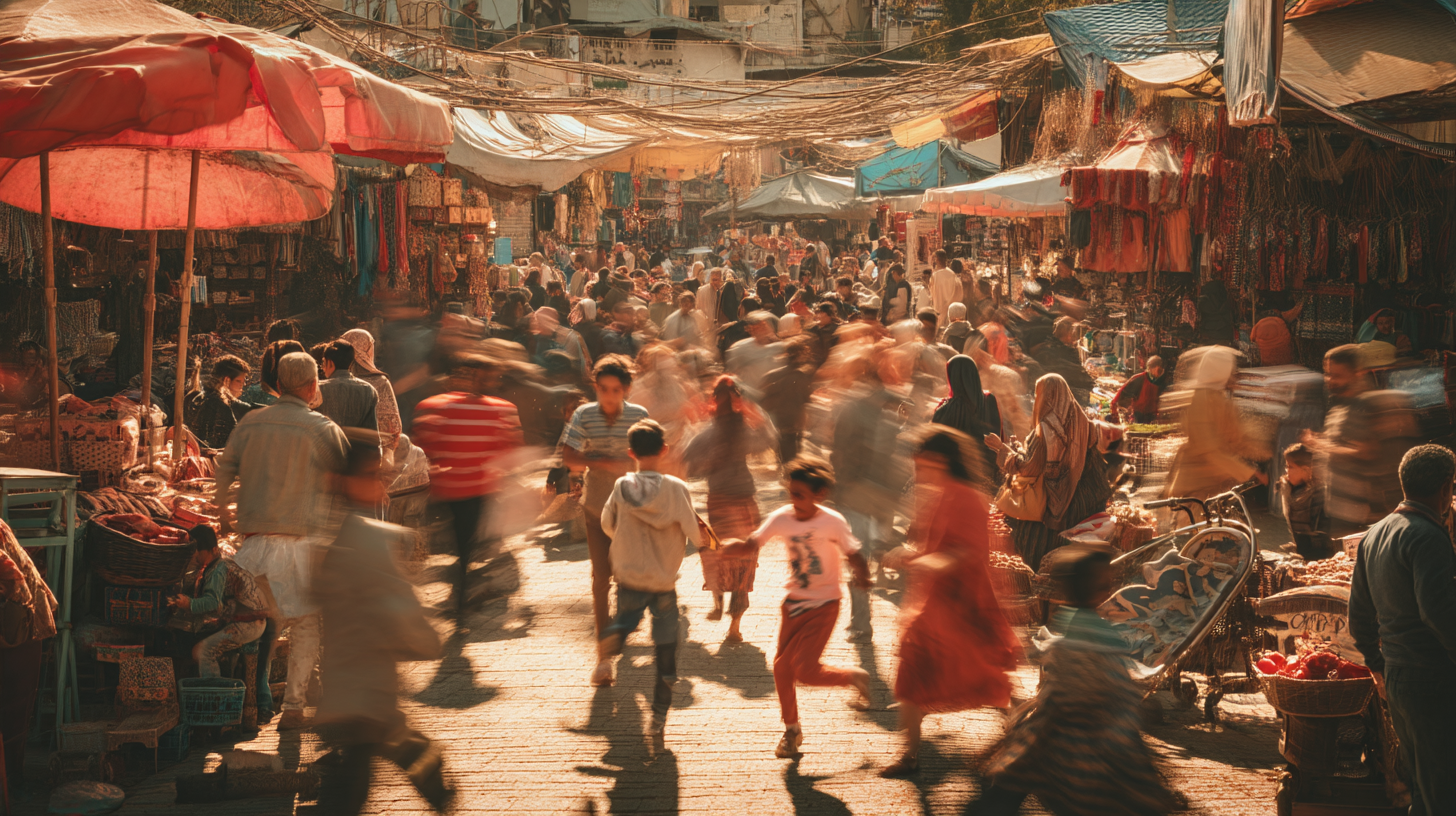
More from Tom's Guide
- Google Gemini adds new image-editing tools — here's what they can do
- I use ChatGPT to plan all of my vacations — 5 essential prompts to try
- Get started with Hume AI — how to set up voices and talk naturally

Alex is the AI editor at TomsGuide. Dialed into all things artificial intelligence in the world right now, he knows the best chatbots, the weirdest AI image generators, and the ins and outs of one of tech’s biggest topics.
Before joining the Tom’s Guide team, Alex worked for the brands TechRadar and BBC Science Focus.
He was highly commended in the Specialist Writer category at the BSME's 2023 and was part of a team to win best podcast at the BSME's 2025.
In his time as a journalist, he has covered the latest in AI and robotics, broadband deals, the potential for alien life, the science of being slapped, and just about everything in between.
When he’s not trying to wrap his head around the latest AI whitepaper, Alex pretends to be a capable runner, cook, and climber.
You must confirm your public display name before commenting
Please logout and then login again, you will then be prompted to enter your display name.










